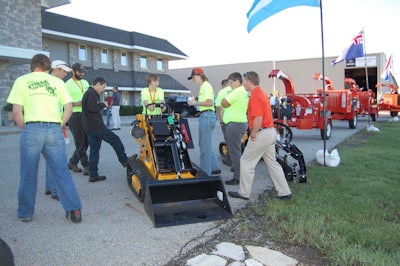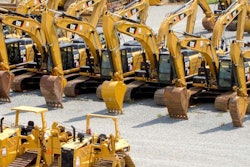 A Boxer brand compact mini skid steer. Boxer was acquired by Morbark in 2012.
A Boxer brand compact mini skid steer. Boxer was acquired by Morbark in 2012.Morbark, makers of a wide variety of heavy equipment and attachments, has been acquired by a private equity firm.
According to a Morbark release, the stock purchase of the company was made by an affiliate of Stellex Capital Management with plans to “significantly expand” the company.
Stellex has no plans to relocate the company from its headquarters in Winn, Michigan. Current Morbark President Jim Shoemaker and Vice President of Sales and Marketing John Foote will continue in their existing roles at the company. Dan Ruskin has been named the company’s new CEO.
Morbark was started in 1957 by Norval “Nub” Morey. The company has been family owned ever since his death in 1997 and, according to a statement, “is definitely not in financial trouble” and is instead “poised to grow sales.”
The decision to sell was made by the Morey family, according to the statement, because the family “wants what is best for the Company and the employees going forward and has decided that the best thing for both the Company and the employees is to let someone that has more resources take Morbark to the next level.”
Stellex, which invests in middle-market companies going through business or industry transitions, has no plans to radically alter its product lineup. However, the firm is interested in expanding Morbark’s product offering and will “put a significant emphasis on new products and new markets in the future.”
Morbark currently manufactures heavy equipment attachments, and machines for the recycling, forestry & biomass, tree care and sawmill industries.
The company also owns the Boxer brand of mini skid steers, also known as compact utility loaders, and attachments for those machines. Morbark acquired Boxer in 2012.
Morbark says the plan in the near term is to “improve the quality of our products and reduce warranty costs, improve systems to have better information to make decisions with, reduce the amount of inventory we have in stock to free up money for investment in other technology for the plant, and look for better ways to manufacture our products.”









